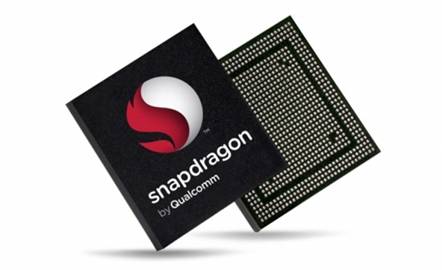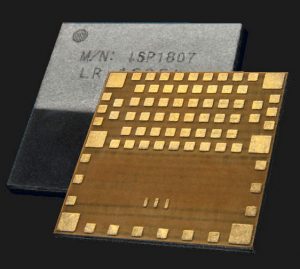RRAM-based ternary-content addressable memory (TCAM) circuits can meet the performance and reliability requirements of multicore neuromorphic processors, says Leti.
TCAM circuits provide a way to search large data sets using masks that indicate ranges. These circuits are, therefore, ideal for complex routing and big data applications, where an exact match is rarely necessary.
TCAM circuits provide a way to search large data sets using masks that indicate ranges. These circuits are, therefore, ideal for complex routing and big data applications, where an exact match is rarely necessary.

TCAM circuits allow searching for stored information by its content, as opposed to classic memory systems in which a memory cell’s stored information is retrieved by its physical address.
They shorten the search time compared to classic memory-based search algorithms, as all the stored information is compared with the searched data in parallel, within a single clock cycle.
But conventional SRAM-based TCAM circuits are usually implemented with 16 CMOS transistors, which limits storage capacity of TCAMs to tens of Mbs in standard memory structures, and takes up valuable silicon real estate in neuromorphic computing spiking neural-network chips.
Leti project replaced SRAM cells with resistive-RAM (RRAM) in TCAM circuits to reduce the number of required transistors to two (2T), and to two RRAMs (2R), which is the most compact structure for these circuits produced to date.
In addition, the RRAMs were fabricated on top of the transistors, which also consumed less area. This suggests such a 2T2R structure can decrease the required TCAM area by a factor of eight compared to the conventional 16-transistor TCAM structure.
But while using RRAMs in TCAM circuits significant reduces both silicon chip area needed and power consumption, and guarantees similar search speed compared to CMOS-based TCAM circuits, this approach brings new challenges:
Circuit reliability is strongly dependent on the ratio between the ON and OFF states of the memory cells. RRAM-based TCAM reliability could be affected by the relatively low ON/OFF ratio (~10-100) with respect to the 16-transistor structure ( ~), and
RRAMs have a limited endurance with respect to CMOS transistors, which can affect the lifespan of the system.
Overcoming these challenges requires trade-offs:
The voltage applied during a search operation can be decreased, which improves system reliability. However, this also degrades system performance, e.g. slower searches, and
The limited endurance can be overcome by either decreasing the voltage applied during each search, or increasing the power used to program the TCAM cells beforehand. Both increase system endurance, while slowing searches.
Source from:electronicsweekly

 Englisch
Englisch  Chinesisch
Chinesisch  Deutsch
Deutsch  Koreanisch
Koreanisch  Japanisch
Japanisch  Farsi
Farsi  Portuguese
Portuguese  Russian
Russian  Spanisch
Spanisch 





